

The search for employment is unpredictable and demands unrelenting patience. When you're at your wit's end, it can be tempting to send the same exact resume to what feels like the same job ad over and over again. However, no two firms are identical and there are particular qualities and red flags that a firm won't always simply list on their job ad. In Archinect's “How To Get A Job At ____”, we asked some architecture firms how candidates can stand out from the crowd when applying to their practice.
Spell out the letters OMA to any architect, and there's a slim chance they wouldn't know who the firm is or the array of memorable projects they've designed. From OMA's earlier major competition entries that brought them global acclaim to the ongoing cross-disciplinary investigations of their design think-tank AMO, the high-energy practice is serious about pushing themselves to consistently produce experimental work with a sharply critical — and self-critical — eye.
With seven offices worldwide led by nine partners including founder Rem Koolhaas, OMA isn't slowing down anytime soon. As one of the most sought-after firms for job-seeking architects, what qualities and experience should a candidate have to be competitive? How can potential new hires prepare if they land that coveted interview? OMA Partner Jason Long took a moment with Archinect to share some pointers and a glimpse into the New York branch's office culture.
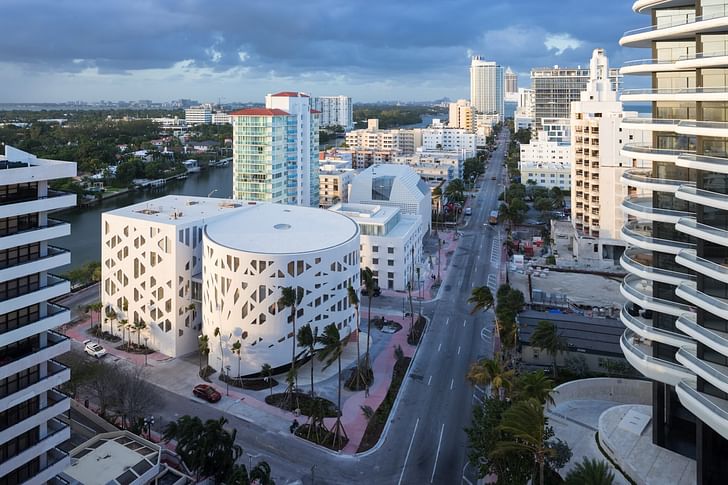
What positions are constantly in-demand at your firm?
We are constantly looking for architects with experience building exceptional projects, particularly with our peer firms. Our design process demands that this candidate integrate their technical experience with creativity and thinking beyond the expected. It is also important for candidates to be able to apply architectural thinking to other domains. AMO, our research and design studio, often works in parallel with our clients and collaborations. Cross-disciplinary thinking allows us to inject all our designs with insights that originate from outside of the project’s immediate requirements. It’s crucial for OMA and AMO candidates to be able hash out innovative ideas for both traditional architecture and unique research-based projects.
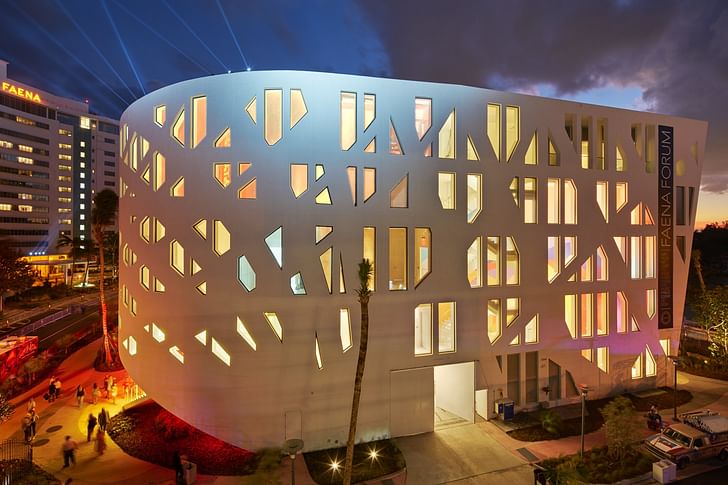
What information should potential candidates know about your firm’s practice and work?
Beyond the typical due diligence of familiarizing yourself with OMA New York’s recent work, we often ask (1) why candidates have chosen to apply to OMA and (2) to select their favorite OMA project. It’s yielded diverse responses that tend to hint at the candidate’s personal aesthetic and their professional goals.
After deciding to meet with a candidate, what are you looking to learn about them from the interview?
Whether it's face-to-face or Skype, the interviews are the only way to gauge how candidates deal with criticism. The ability to take criticism constructively—whether it's defending your position or pragmatically revisiting your work’s approach—is part of the collaborative process that pushes us to solve design issues beyond the expected solutions.
The ability to take criticism constructively—whether it's defending your position or pragmatically revisiting your work’s approach—is part of [OMA's] collaborative process...
What do you say is the best thing about working for your firm? What is the most challenging thing?
We’re blessed to be able to collaborate with some of the most forward-thinking leaders in their industries—whether it’s the art world, academic institutions or commercial development. Our clients are open to OMA’s design process and its tendency to investigate/question/challenge their assumptions. Conversely, the ability to work with clients who are on board for that design process is rare and ultimately a challenge.
Another valuable part of [our] office culture is the level playing field to contribute design input across all staff levels—from intern to associate. With that horizontal approach also comes the challenging expectation for all staff members to propose design solutions and clearly communicate them to the team.

What are some “red flags” that make you reject an application instantly?
When candidates have jumped from job to job in short periods of time. In this case, candidates should be prepared to explain thoughtfully.
What kind of technical skills are absolutely essential for applicants?
AutoCAD, Rhino and Adobe Creative Suite – optimally Revit.
How important is an applicant’s educational background?
Educational background is important but we don’t hire from only specific schools. It’s interesting when candidates come from other backgrounds in addition to architecture.
What kind of training do new hires undergo when they’re first starting?
New hires go through an office-wide orientation of the facilities, staff and ongoing projects. We coordinate model shop and rendering workshops led by staff, as well as weekly project presentations to ensure lessons learned are shared.
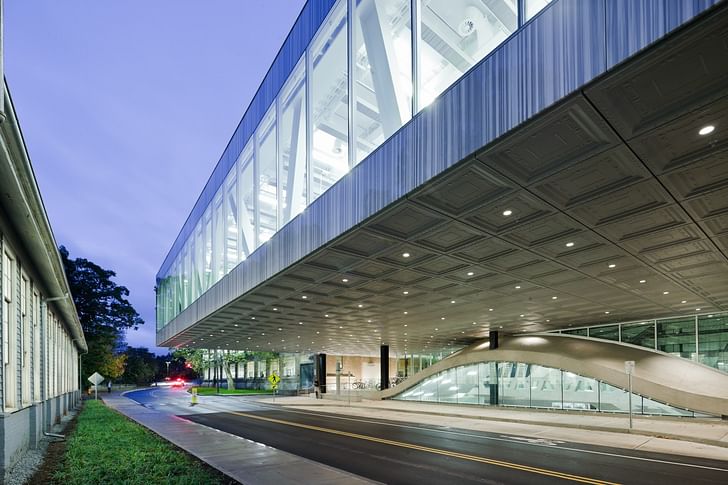
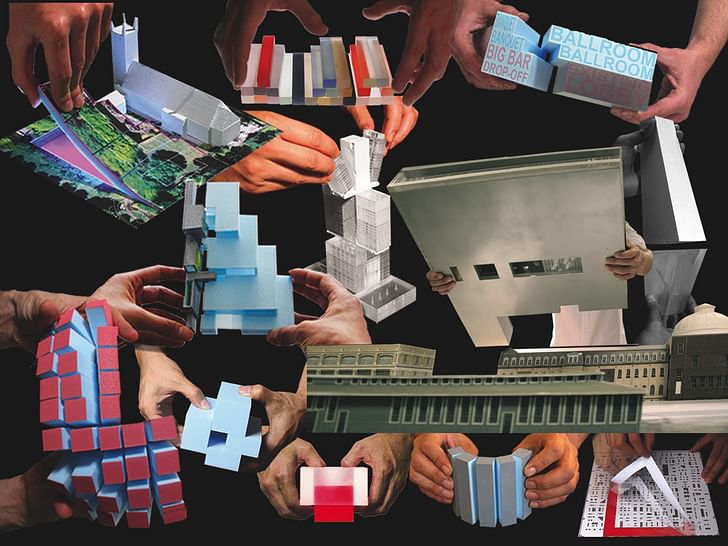
Do you have an internship program? If so, briefly describe.
Our internships typically run for 3-month or 6-month periods and are meant for students in between semesters. (We consider applicants who have recently completed degrees for junior positions). We also selectively participate in externship programs from select schools, typically for 2 week periods during the spring break. Interns and externs are integrated into dedicated project teams and operate as integral members of those teams.
When interviewing, how do you describe your company ethos? What part of your working environment do you promote with potential candidates?
We are problem solving, high energy, rigorous, critical, self-critical and experimental. The office is an open environment – quite literally an open plan where partners are seated in the same row as interns.
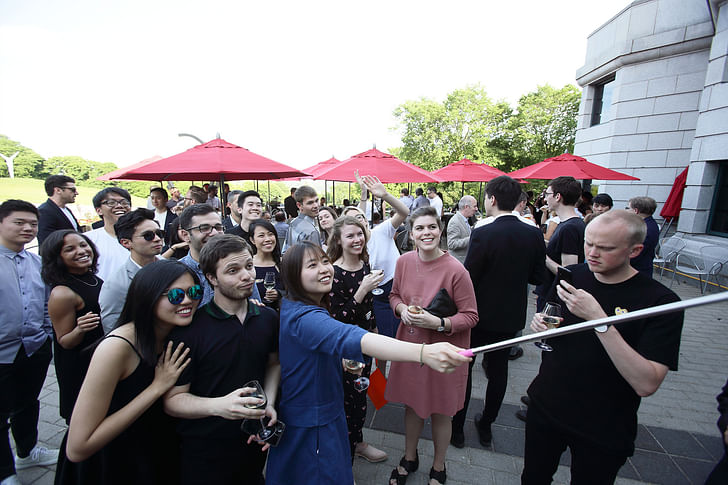
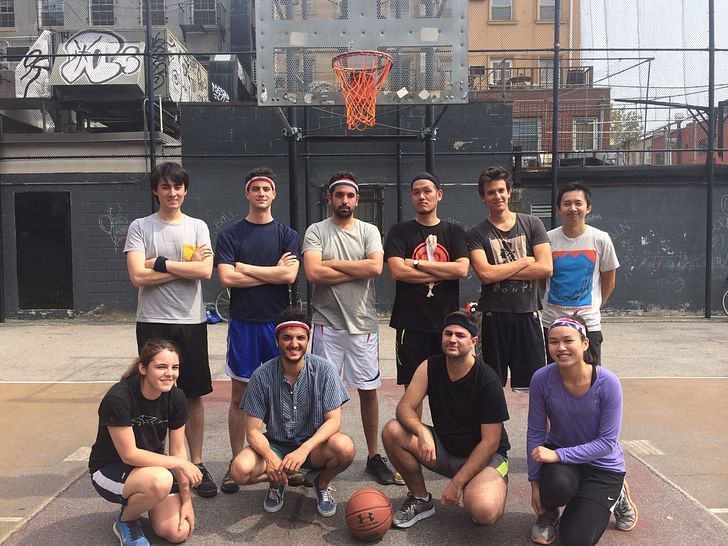
What additional social activities do you do as an office?
We have office happy hours on Fridays, when we occasionally schedule project presentations to update the office. Because each staff member is typically dedicated to a specific project (rather than multi-tasking), we make efforts to facilitate a balance of formal and informal cross-over for teams to engage with each other. The teams also celebrate major submissions and deadlines with team outings (karaoke, bowling, baseball games, dinner etc).
We also circulate a curated, weekly reader of press links, including both OMA and non-OMA/architecture news articles. Officially, they inform the design process and keep us engaged in the zeitgeist. Unofficially, they act as simple conversation starters.

If a candidate had the choice between you and another firm, what argument would you use to win them over?
We sincerely believe that working at OMA offers the opportunity to produce some of your best work with your best clients. Rather than being limited, the office also has an ever-growing appetite for exploring new typologies, regions and scales. We are proudly an international office with employees from 25 different countries. I think the size of the New York office amidst our global practice is also a good balance between atelier and corporate, laboratory and factory – we’re intimate enough to ensure staff have direct access to partners and project leaders, with the operational support of a larger infrastructure.
Which areas of your firm are growing the fastest?
We have recently been experiencing an increase in commercial projects including workspaces, residential and mixed-use projects. It has been really exciting working collaboratively with clients to push boundaries and bring innovative ideas to these typologies. We’re also expanding our national and international reach – with increasing engagements with Japan and the West Coast of the US.

How can a candidate stand out positively among OMA’s large pool of applications?
Clear communication is key – and this skill can be determined through a candidate’s CV, portfolio and interview. Applicants must demonstrate experience working on challenging and innovative projects and should be able to articulate a pragmatic design process with iterative thinking, whether it is through their portfolio or during an interview.
Considering that many of today’s successful architects are OMA “alumni”, does the firm's work environment intentionally nurture that?
The structure of the office and its expectations for people to contribute, be proactive and independent thinkers in conceptual design prepares employees to be highly critical (and self-critical). One of the “side-effects” of the office has been to help people clarify in their own distinct design voices and design intuitions.
Interested in joining OMA? Check out their Archinect profile to see if they have any current listings. To see more active listings from hundreds of firms, browse Archinect's Job Board.
No Comments
Block this user
Are you sure you want to block this user and hide all related comments throughout the site?
Archinect
This is your first comment on Archinect. Your comment will be visible once approved.